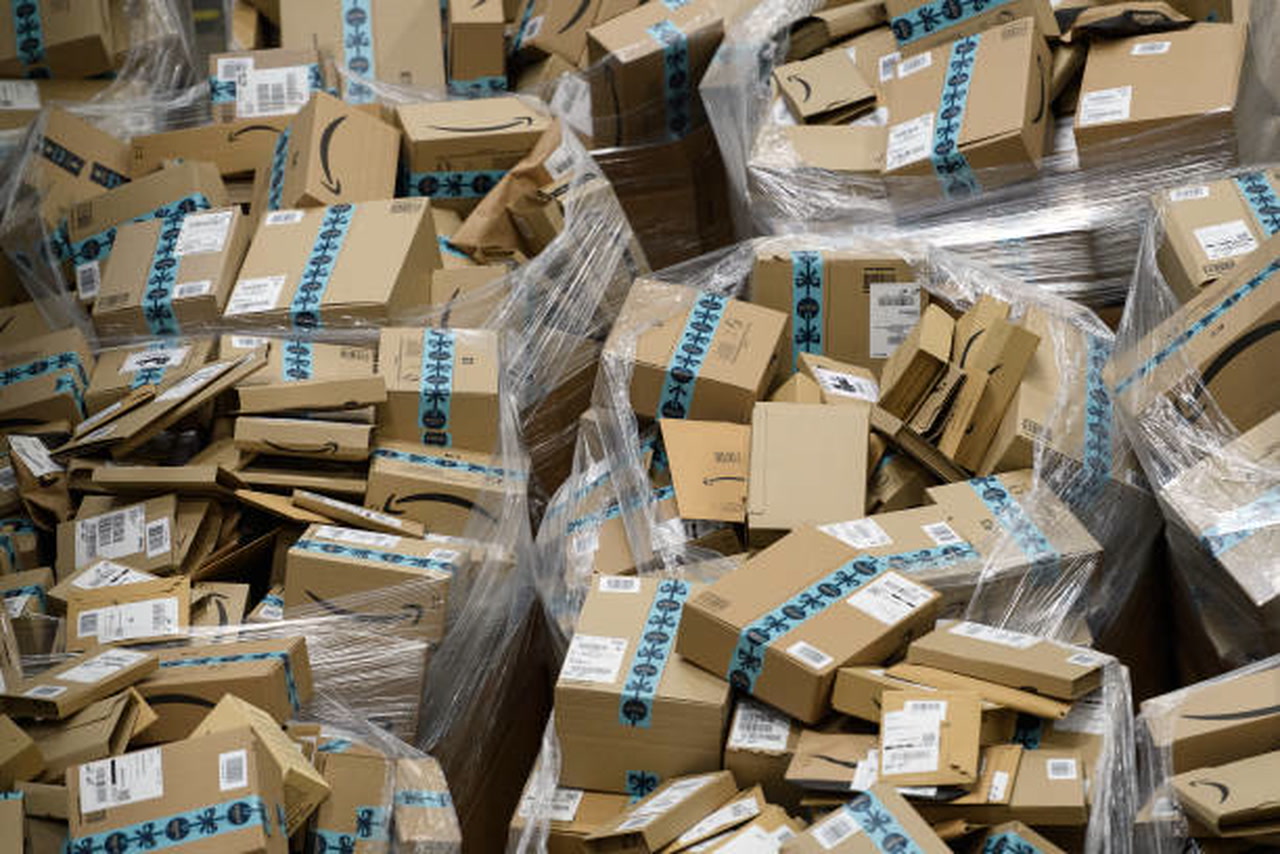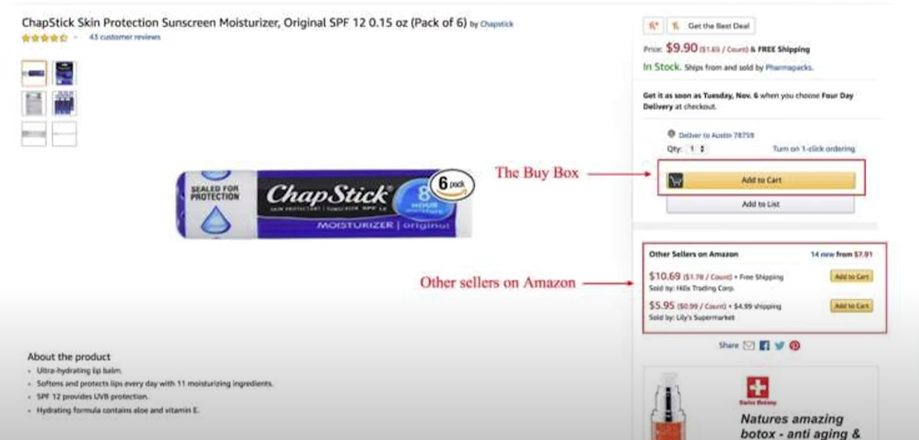The real business model of Amazon Prime

The real business model of Amazon Prime:
Amazon is best known for its retail division, that offers low prices and free shipping.
Amazon sells so many goods at such low prices that economists have given it a name: "The Amazon Effect".
Federal Reserve Chairman Jerome Powell cited The Amazon Effect saying it keeps inflation low and lowers prices across the whole economy.
Amazon Prime is a membership affiliation program within Amazon with between 140 and 150 million members in the United States.
Jeff Bezos stated in a shareholder letter that "We want Prime to be such a good value, you'd be irresponsible not to be a member".
Mostly, Amazon Prime is about Free Shipping.
Free shipping is the God of online retail.
France banned the practice of offering free shipping.. in order to protect its retail outlets.
The #1 pain point for online buyers is shipping costs.
1/3 of customers abandon their carts when they see shipping charges.
Bezos stated the point of Prime was to use free shipping to "draw a moat around our best customers".
So how does Amazon Prime make money?
Shipping might be free to you: the consumer, but it's not free.
There are trucks, planes, delivery people and entire logistics networks dedicated to shipping.
None of that is free.
Amazon spends about $75 billion per year on shipping costs.
Prime costs about $128/year, far less than covering the cost of what Amazon spends on shipping.
Amazon spends more money on providing free shipping than they get back on shipping fees.
That is weird.
Somehow Amazon makes money, or at least doesn't lose money on what appears to be a massive money-losing venture.
If Amazon had to internalize the costs of free shipping for Prime members they'd lose tens of billions of dollars every year.
Even a firm of Amazon's size can't lose that much money year after year.
So how can Amazon charge the lowest prices 𝘢𝘯𝘥 offer free shipping for Prime members?
Let's ask the Attorney General of Washington D.C. and top law enforcement officer Karl Racine..
𝗠𝗼𝗻𝗼𝗽𝗼𝗹𝘆 𝗽𝗼𝘄𝗲𝗿!
Antitrust law is our main law against monopolistic behavior.
Attorney General Karl Racine filed a complaint against Amazon alleging that it inflated the cost of all goods you buy online.
Amazon, higher prices? Here's how it works..
Racine alleges Prime is a giant, brilliant scam.
Amazon has two sides.
For most of us its the storefront for the internet.
Amazon sells about 50% of all products that are bought online.
For millions of businesses who sell online though Amazon is a marketplace, not a place to buy but instead a place to sell.
For independent sellers Amazon is a middleman that connects them with buyers like you and me.
Behind the storefront Amazon has multiple lines of business.
Amazon has
- a retail business where it sells directly to consumers.
- a fulfillment business (Fulfillment By Amazon) that sells Amazon's logistics network
- a third party retailer marketplace called Amazon Marketplace
- an advertising arm that's the third biggest online advertiser in the United States, behind Google and Facebook
Amazon has 𝗺𝗮𝗿𝗸𝗲𝘁 𝗽𝗼𝘄𝗲𝗿 over sellers that choose to sell on Amazon.
If you're selling online you will probably need to sell on Amazon, otherwise you'll miss a huge chunk of the market..
Amazon gets 2.6 billion web visits every month and 66% of consumers in the US start their search for a new product on Amazon.
74% of consumers go directly to Amazon when they're ready to buy a specific product.
Amazon can dictate terms to sellers who need to reach customers.
The Cost of Free Shipping
Amazon loses money on free shipping but makes it up by imposing fees on sellers through other business lines.
Amazon spent $80-100 billion on shipping and logistics costs this year. That's not something they can just give away. It's certainly not covered by Prime subscription revenue.
Amazon extracts the money for Prime members' free shipping from third party sellers and brands that sell on Amazon.
Amazon commissions can be as high as 45%, just for the privilege of selling on Amazon and reaching Amazon customers.
One seller explains some fees that Amazon charges them:
- Amazon FBA pick and pack fee
- 15% fee for selling on Amazon
- random fees for selling on Amazon
- Amazon Pay Per Click (PPC) expenses to Amazon Advertising

Of about $33,000 in revenue Amazon recouped back over $20,000 leaving $13k for the seller.
Half or more of seller's revenue can go back to Amazon.
How does Amazon force sellers to pay such high fees?
Win the Buy Box
Any seller can list their wares on Amazon, but to actually be in front of customers sellers need to "win the buy box".
The buy box is the box on the right hand side of the screen:

Over 80% of purchases on Amazon go through the Buy Box.
Amazon awards the Buy Box to sellers based on a number of factors.
A key factor for winning the Buy Box is whether a product is "Prime eligible". That means that the product is offered to Prime members with Free Shipping.
In order to become "Prime eligible" a seller needs to use Amazon's warehousing and fulfillment services, Fulfillment By Amazon.
It's hard to win the Buy Box without using FBA.
Amazon ties the ability to access customers with whether or not a seller uses Amazon to manage its inventory.
Sellers know this.
Sellers know that Amazon will give them a ranking boost if they use FBA.
The strategy has worked. Amazon now fulfills about 2/3rds of the products bought on its site.
This year Amazon will extract $120 billion from third party sellers.
Seller fees account for 21% of Amazon's total corporate revenue.
Who's paying for Free Shipping? Third party sellers.
Higher prices
Bezos would argue that Amazon is providing a lot of great services to third party services.
The fees aren't high, sellers are getting a lot for their money. And to some extent, this is true.
But Walmart charges less for its fulfillment services and access to its marketplace.
Ebays market access fees are also much lower than Amazon's.
How do sellers handle Amazon's uniquely high fees and the inability to charge for shipping?
They raise their prices.
Breaking the Law
If this were all that were happening it'd be fine. Sellers could go and sell their products for less on Walmart or Ebay's marketplaces.
Amazon uses its Buy Box algorithm to make sure that sellers cannot sell their product for a lower price on any other website.
Sellers can't access Amazon customers through the Buy Box and offer the same product for lower cost on other websites.
Amazon uses its monopoly power to make sure sellers don't offer lower prices anywhere else.
Capitalism requires competition.
Monopolies are not free markets.
Good luck to Attorney General Racine and their case against Amazon. You can read the full complaint here.
Below is a link to a video of this content by Matt Stoller of the American Economic Liberties project: